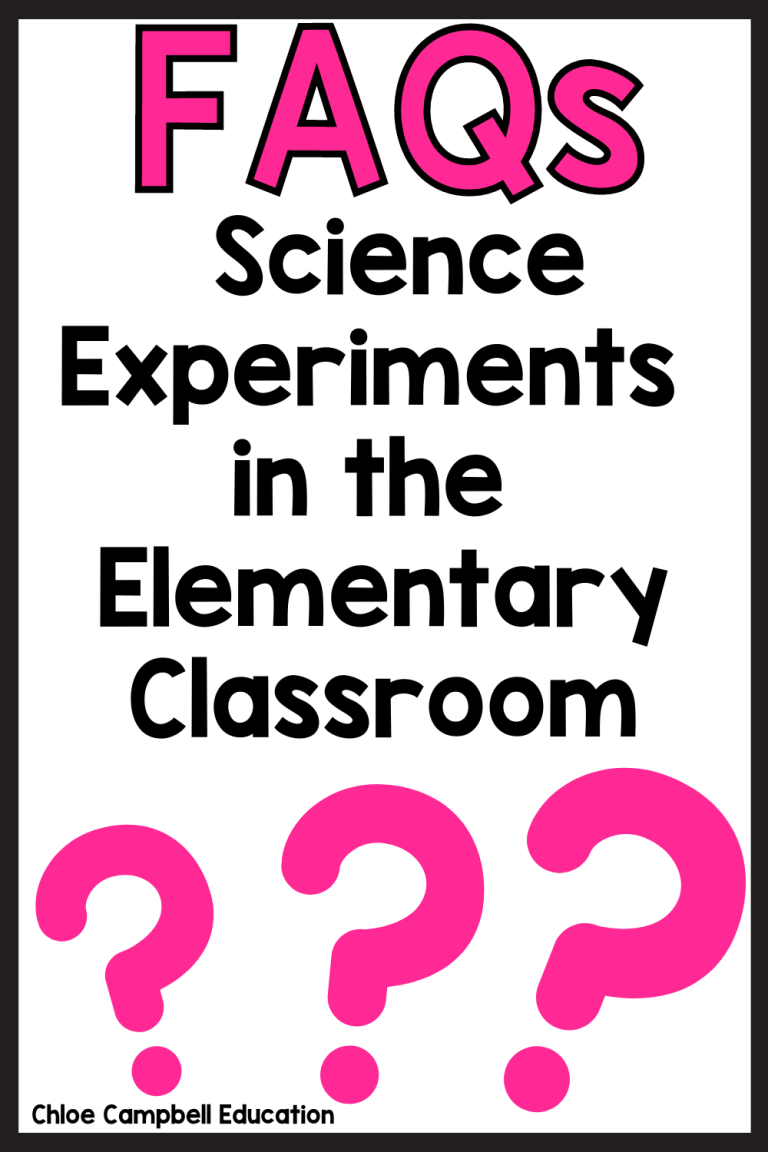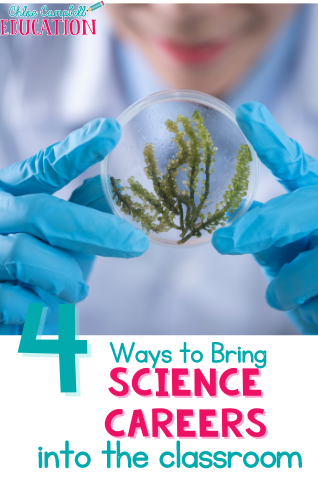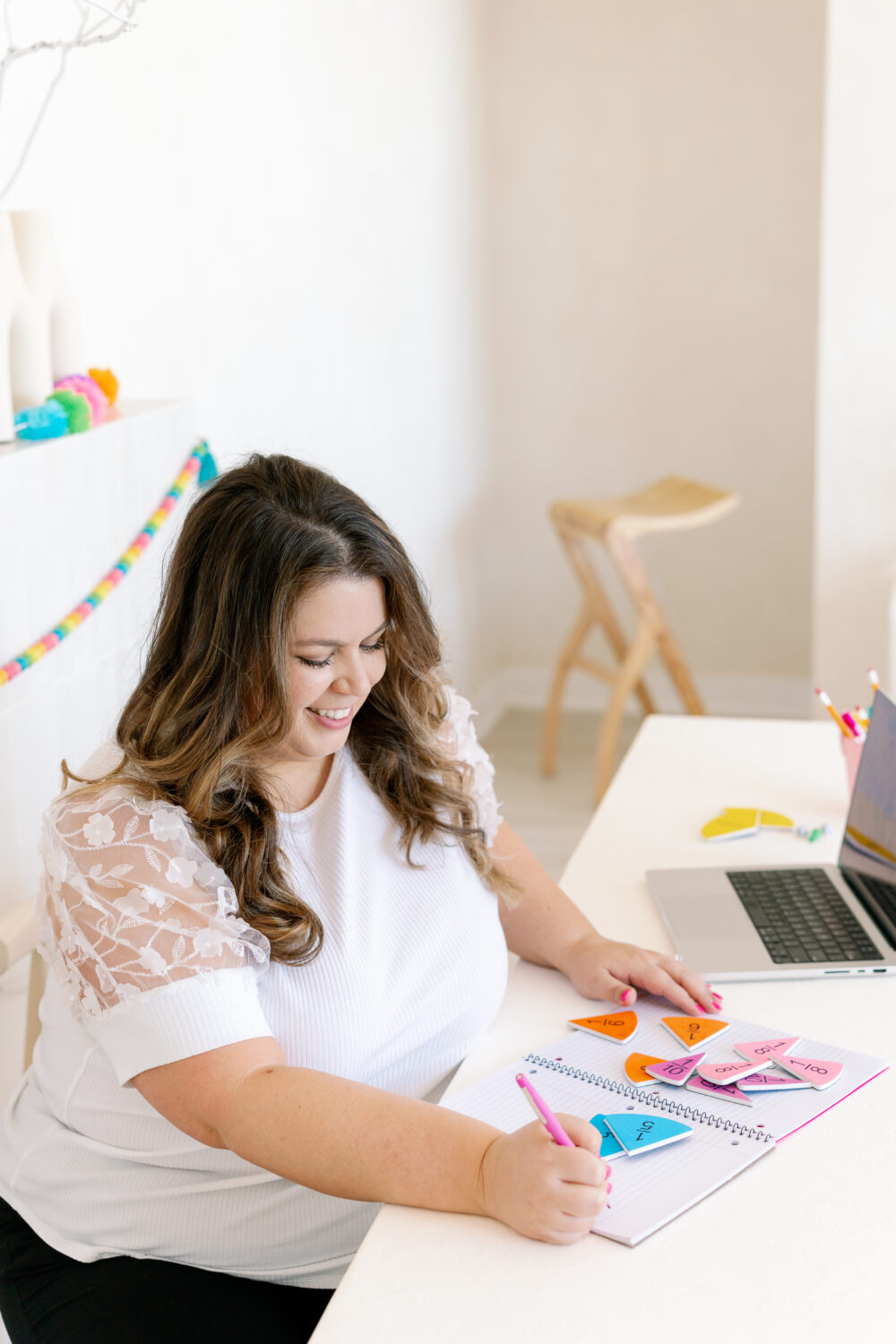First Day of School Science Experiments and Activities
Heading back to school is one of the most exciting times for a teacher – new starts, new kids to love on, and new opportunities to engage them in fun science lessons! I love pairing back to school community building with science experiments, and I’ve put together some of my favorite First Day of School Science Experiments and Activities for you.
These activities get students back into the swing of things, including activities and experiments around the scientific method, science investigations and variables, and the nature of science. Did I mention these are tons of fun and your kids will be super engaged?! Come explore how I run my science classroom during the first week of school to capture my students’ attention, all before I hop in to my science curriculum.

First Day of School Science Experiments and Activities: Back to School Science Labs
I want my kids to absolutely love science, so what better way to get them excited for the first day of class then to engage them in experiments that capture their attention? I have five back to school science activities and experiments that I love to do with my students, and they use simple materials you probably have on hand in your classroom already.
- First, I lean into my kids’ love of popping things and give them permission to do that in a controlled setting. We complete the “pencil in a baggie” experiment where we fill Ziploc baggies with water, and then poke holes through it with a pencil. The goal of this experiment is making predictions and then analyzing what happens, and we can talk about polymers and how they create a seal around the pencil piercing. My middle school students LOVE this one!
- To work on variables, we test out the strength of different brands of glue sticks. Students glue two pieces of paper together with three different brands of glue sticks, and then they analyze which glue stick works best based on how well they stay stuck together when they dry. This is great for practicing that we have to control variables, and only one thing (the glue brand) can change.
- For practice with trials and measuring distance, students make hoop flyers with paper and straws and then measure the distance they travel in three separate trials. I also include the engineering process in this lesson as students try to improve their designs so their flyers travel farther.
- One of the most fun challenges I do with my kids during the first week is a cup challenge. Students are tasked in building cup towers with two distinct goals. First, students need to create the tallest structure they can. Then, students create the strongest structure they can. The competition level is always fun to watch, and it really keeps my kids invested in the challenge. Bonus: this one doubles as a STEM challenge!
- Finally, students set up their final challenge, which lasts a few weeks. In this experiment, students put three pieces of bread into baggies with different conditions. One baggie has bread (control), another baggie has bread that has been touched by soapy hands, and the third baggie has been touched by hand sanitized hands. Students make predictions about what will happen to the pieces of bread over time, and we watch what happens over the next couple of weeks.
First Day of School Science Experiments and Activities: The Scientific Method
Middle school science teachers need their students to understand how to use the scientific method in their classes, so practicing this skill is a must in my classroom during the first days of school. Here are some of my favorite beginning of the year science activities.
Sometimes, my kids come in with limited understanding of the steps of the scientific method, and a review of the steps is beneficial for everyone anyway. This is a favorite fun activity that my students rave about each year! Students practice learning the following steps of the Scientific Method: Ask a Question, Form a Hypothesis, Design a Controlled Experiment, Collect and Analyze Data, and Draw a Conclusion.
This activity is general in nature and provides an overview of the concepts. First, we create a foldable with information about each step. Then, students complete an experiment where they measure the effectiveness of various paper towel brands and their absorption of water. I don’t know why, but my kids love getting paper towels wet!
To practice the three different types of variables, students work on an investigation where they choose three different ways to make ice melt. First, we review dependent variables, independent variables, and control variables. Then, students can choose from several variables to melt the ice cubes they are given, such as sand and salt. Students monitor their ice over a 15 minute span and measure the progress of the melting three times.

To help students understand that experiments using the steps of the scientific method should be replicable, students complete a lab activity where they design a distance experiment. Students measure how far a ball travels after rolling down a ramp. They need to lay out the steps of the experiment as clearly as possible so that someone else could replicate their experiment with ease. This one is harder than it seems, but it is so important for students to understand!
In earlier grades, upper elementary students learn how to take data and why data is so important. In science classes for older students, we need them to understand the difference between qualitative and quantitative data. First, students make observations and then decide if a piece of data is opinion based or verified by evidence. Then, students complete a second set of observations to practice identifying qualitative data and quantitative data. For my class, I use three different candy bars, but you can use anything that students can take both forms of data on.
One thing I always find that my students need to understand WHY we do this in experiments is why we do multiple trials of an experiment. If our students could do one trial and call it a day, they might, so it’s important they understand why repeated trials are important. To achieve this goal, students bounce a ball on five different surfaces. They measure what happens to the ball on each surface 5 times, for a total of 25 ball bounces. This is a simple experiment that achieves a strong goal to make sure students understand the importance of repeated trials. My kids love this science activity!
To compare and contrast experiments and investigations, students complete a Venn diagram comparing these two science terms. Then, students work through a paper airplane experience where they must decide if they’re doing an experiment or an investigation. Students complete this activity in small groups, and it’s a great way to build community and science concept building at the same time!
First Day of School Science Experiments and Activities: Games
You know your kids love playing games in class, and whenever I can include a game in science class, it’s always a hit! I generally use these games once we’ve completed the activities above, but these games can be played right away as well if your kids come in with a lot of knowledge about the Nature of Science and the Scientific Method.
Game 1 is about the Nature of Science, and it includes practice with important science concepts and content vocabulary like inference, conclusion, problem solving, and the questions promote critical thinking skills.
Game 2 is about Control Groups and Experimental Groups, which are important concepts that students can sometimes be confused on.
I know you’ve got a lot going on at Back to School time, so I’d love to help plan part of your start of the school year. I’ve put these resources together in a one-stop-shop bundle, which you can grab by clicking the picture below. AND, as an added bonus, you get my first three weeks of school lesson plans – done for you!
I know your beginning of the school year will be wonderful, and your students are so lucky to have you! I am confident these back to school activities will be beneficial to you and your students. Have fun doing these scientific investigations and easy science experiments with your kids this back to school season. Have a great year, science teachers!
Pin this to save this post and ideas for later!










